Blog
Explore the Power of Lithium Innovation
Stay updated with the latest trends, technologies, and application insights in the world of lithium battery solutions
Search the whole station
Explore the Power of Lithium Innovation
Stay updated with the latest trends, technologies, and application insights in the world of lithium battery solutions
18650 lithium batteries offer high energy density, long cycle life, and affordability. They’re widely used in electric skateboards, portable power stations, solar storage systems, and power tools. DIY battery packs allow you to customize voltage, capacity, and size to perfectly fit your devices.
However, building your own pack comes with risks. Errors like poor connections, inadequate insulation, or using the wrong BMS can cause failure or danger. Basic electrical knowledge and strict safety awareness are essential.

Materials:
Tools:

Before assembly, test each cell to ensure similar capacity, voltage, and internal resistance. Mismatched cells can cause imbalance and shorten the battery pack’s lifespan.
Testing Procedure:

Basic Concepts:
Examples:
Always design based on your device’s voltage, power, and current requirements.
Step 1: Arrange the Cells
Use holders or hot glue to fix cell positions. Stagger positive and negative terminals for easier welding.
Step 2: Spot Weld Nickel Strips
Use a spot welder to connect nickel strips:
Step 3: Check Connections
Ensure strong welds and verify current pathways with a multimeter.

The BMS (Battery Management System) manages charging and discharging, providing overcharge, over-discharge, and balancing protection.
Wiring Notes:
Refer to the BMS wiring diagram specific to your model.

Recommended Materials:
Thorough Insulation Tips:
Pay extra attention to terminals, exposed wires, and the back of the BMS board.

Before charging, use a multimeter to confirm voltage consistency across cell groups.
Recommendations:
| Question | Answer |
|---|---|
| Can I mix old and new batteries? | Not recommended—it causes imbalance and shortens lifespan |
| Can I use a soldering iron instead? | Barely—risk of overheating cells and damaging them |
| Is it safe to skip the BMS? | No—BMS is critical for safety and performance |
| How do I know if the welds are solid? | Measure voltage, check for loose welds, and observe for abnormal heating |
| What cell brands are recommended? | Samsung, Panasonic, LG, BAK, Lishen, and other reputable brands |
Building your own 18650 battery pack is both satisfying and functional—but it requires caution, skill, and responsibility. Start small with low-current, small-scale packs, follow all safety protocols, and keep learning as you go. With care, you can enjoy reliable performance and tailored energy solutions from your own creations.
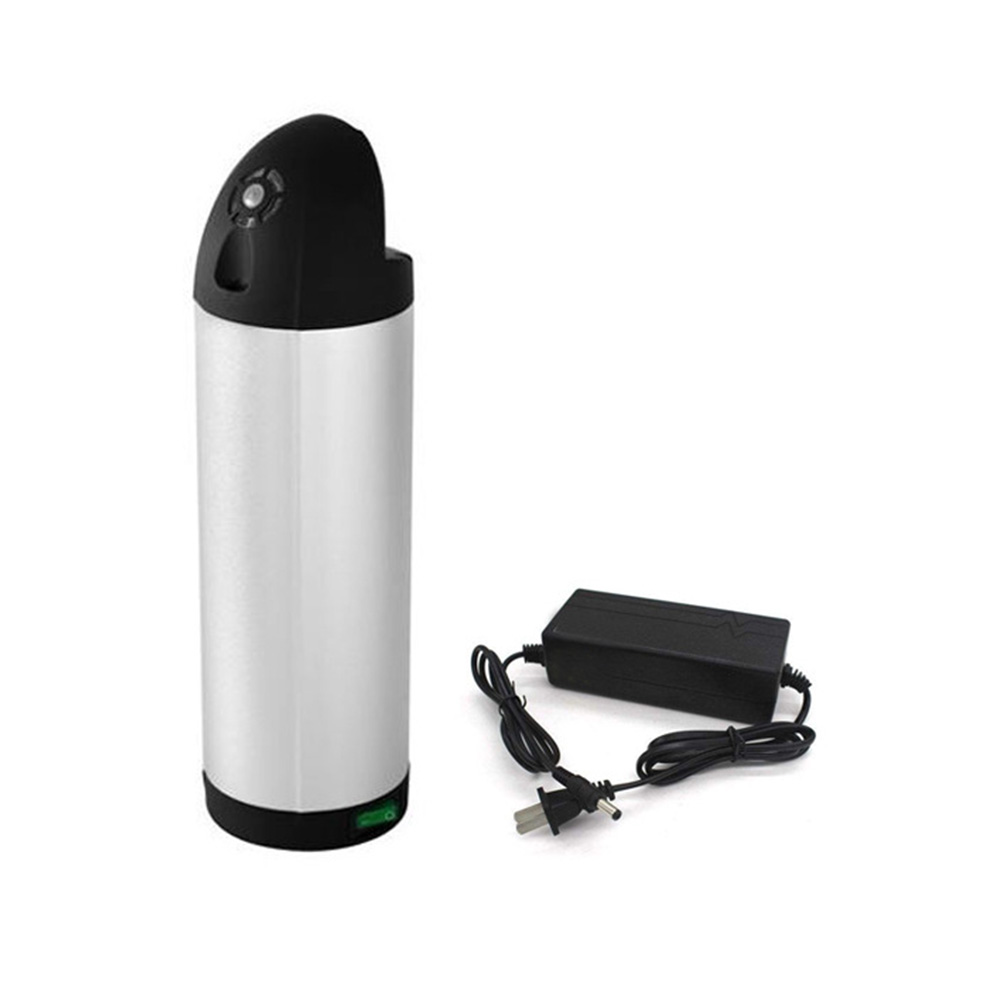
High-performance 36V 10Ah water bottle lithium battery for electric bikes. Lightweight 3.5kg, fast charging in 1.5–2 hours, safe & durable with up to 500 cycles. Ideal for commuting and long rides.
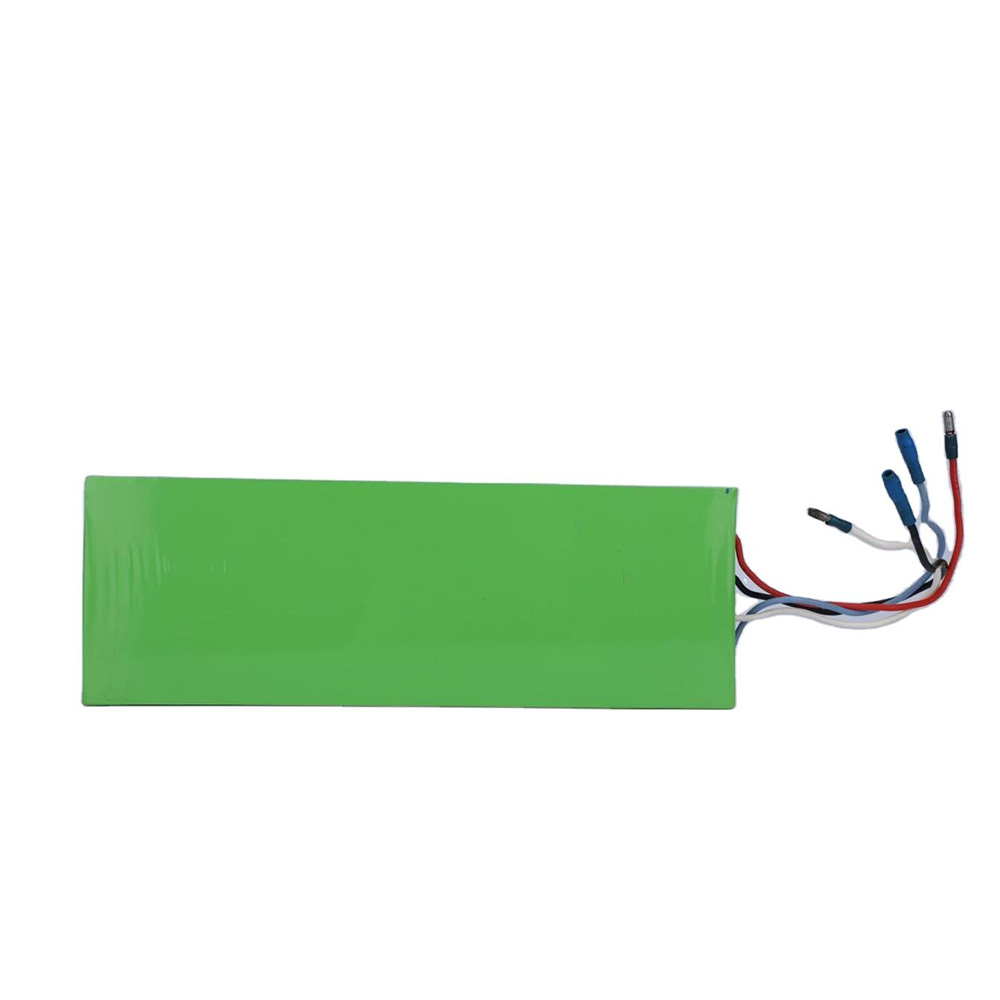
high-performance 18650 Battery 4000mAh, offering stable 24V power and deep cycle support. Perfect for electric scooters, power tools, and energy storage systems. Built-in safety protections ensure long-lasting, reliable performance.
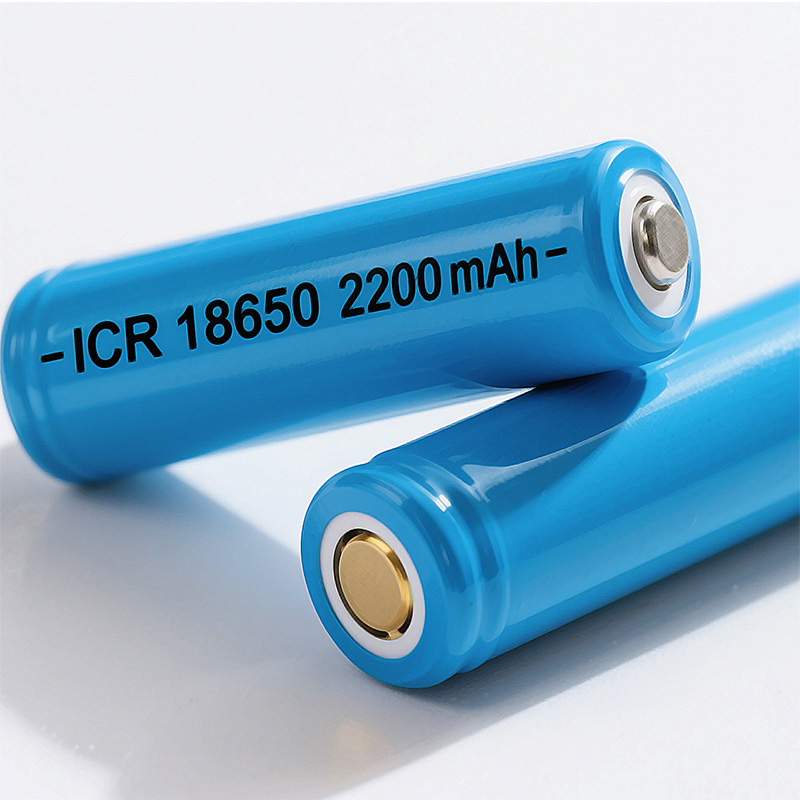
Wholesale ICR 18650 2200mAh 3.7V lithium batteries with optional customized packs. Supports external wiring and various wire leads to meet your project-specific needs.

18650 3.7V 1500mAh lithium-ion rechargeable batteries from China, ideal for flashlights, power banks, electric tools, and more. High capacity, long cycle life, full safety features, and customizable OEM/ODM services. Fast global shipping available.
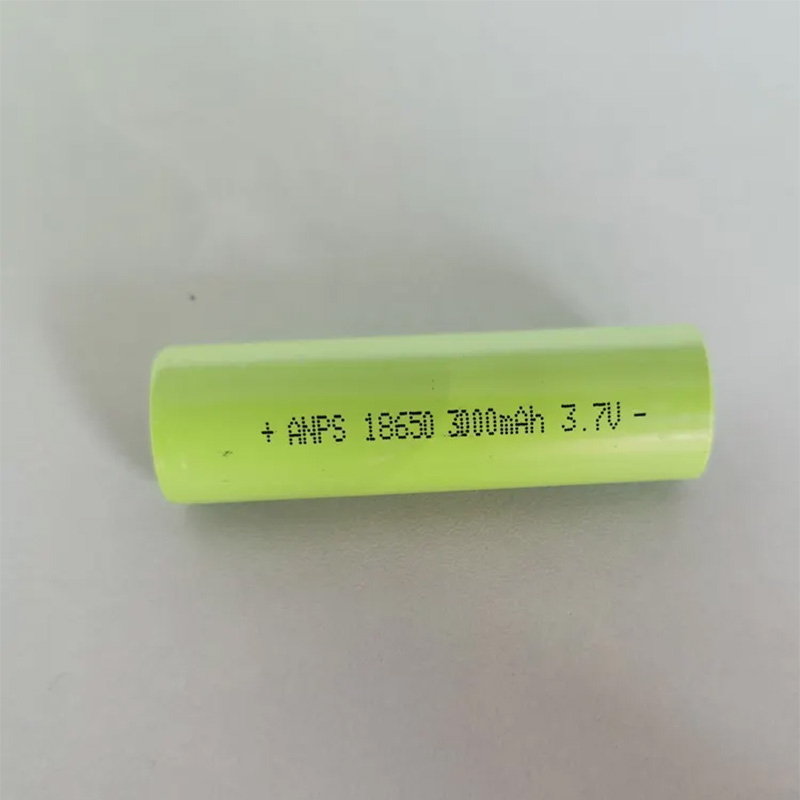
Top-quality 18650 3.7V 3000mAh lithium-ion batteries ideal for electric scooters, power tools, cameras, and more. Long cycle life, stable performance, and customizable options. Fast shipping worldwide. OEM & ODM services available.

High-quality 18650 3.7V 2300mAh lithium ion batteries perfect for flashlights, vape mods, electric scooters, and power banks. Long cycle life, built-in safety features, and flexible OEM/ODM customization available. Fast shipping and competitive pricing for wholesale buyers.

Buy high-quality 18650 3.7V 3300mAh rechargeable lithium-ion batteries ideal for smartphones, tablets, power banks, and electronic devices. Durable, safe, and customizable with built-in protections. OEM & ODM services available. Fast shipping for wholesale orders.
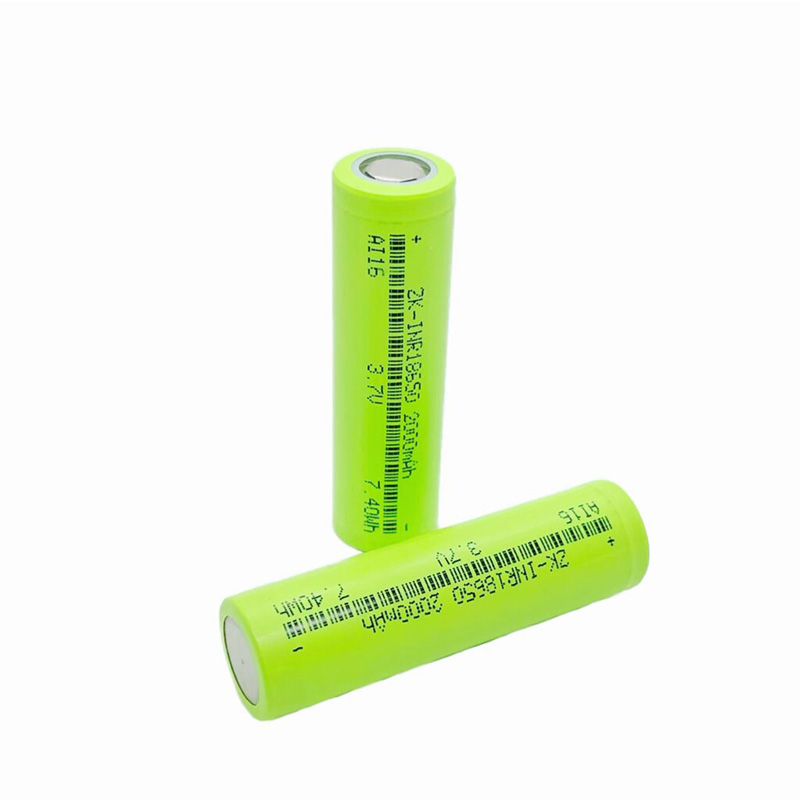
China-made 18650 2000mAh 3.7V lithium-ion batteries, perfect for laptops, power tools, and electric vehicles. Reliable, safe, rechargeable with customization options. Wholesale pricing and fast delivery.
Discover Apsen Technology’s bulk 18650 batteries for B2B applications. Learn how high energy density, long cycle life, and enhanced safety features make these batteries ideal for electronics, power tools, UAVs, and energy storage solutions.
View detailsLearn how to assemble a 12V battery pack using 18650 lithium-ion batteries. Follow my step-by-step process, from arranging batteries to installing the protection board safely.
View detailsLearn how to build a safe and reliable 18650 battery pack, including materials, tools, assembly steps, BMS installation, and key safety precautions for DIY and production applications.
View detailsLearn how to build a DIY 18650 lithium battery pack with step-by-step guidance on cell selection, welding, insulation, and packaging. Apsenx offers custom battery solutions for energy storage, power tools, and medical devices.
View details
HelloPlease log in